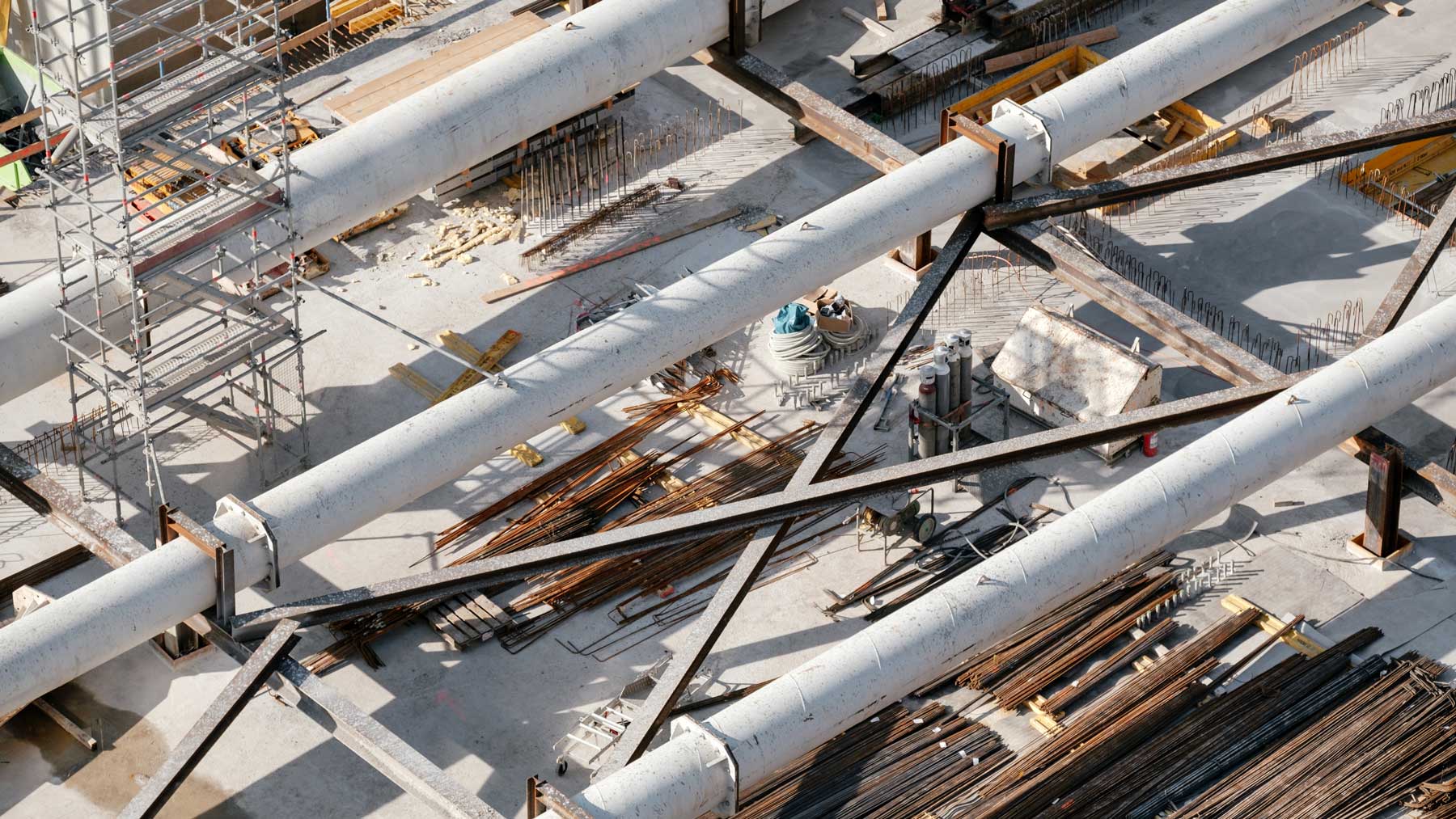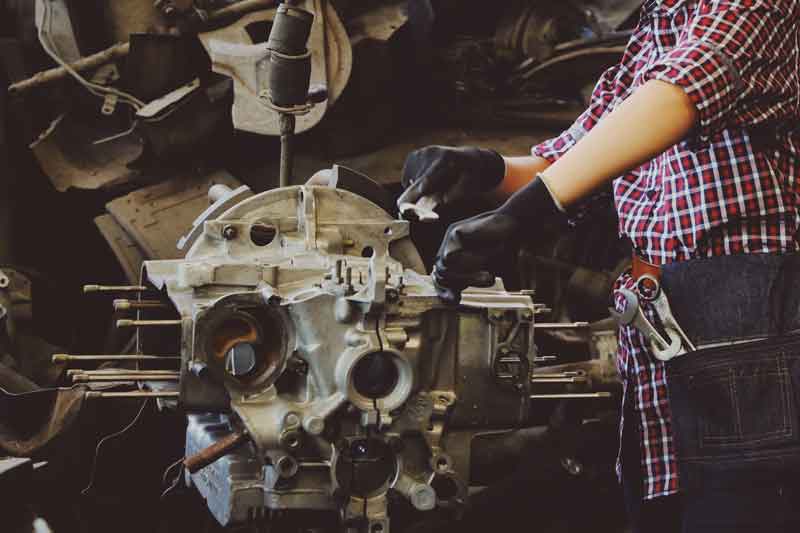Overview of Chemical Production
Chemical production is involved in many industries such as petrochemical engineering, papermaking, coating and chemicals. A talk about chemical production gives an impression of corrosion, high temperature and high pressure. However, the impression does not strike us as odd. Varied acids, alkalis, salts are used in chemical processing where towers and tanks are standing, pipelines are crisscrossing, and smokes are rising. Hence, most petrochemical equipment cannot get rid of corrosive medium, high temperature and high pressure. For sake of continuous production safety, petrochemical equipment consumes a considerable amount of stainless steels.

Material Requirement of Petrochemical Equipment
Petrochemical equipment is always large, with certain vessels reaching meters in diameter and tens of meters in height. It is hard to do heat treatment after equipment formation and welding, while both will bring negative influence on stainless steel corrosion resistance and mechanical properties. For example, thermoforming and welding will cause sensitization on stainless steel and reduce its intergranular corrosion resistance. The residual stress produced during forming and welding will bring stress corrosion damage under different circumstances. Forming and welding also lead to changes in welds on mechanical properties. Hence, most petrochemical equipment requires the stainless steel used to maintain sufficient corrosion resistance and good mechanical properties, especially its intergranular corrosion resistance and toughness without heat treatment post equipment forming and welding.
Stainless Steel for Petrochemical Equipment
Cr-Ni and Cr-Ni-Mo Austenitic stainless steel are most extensively applied in petrochemical equipment for their good corrosion resistance, plasticity, toughness, formability and weldability. In order to meet intergranular corrosion resistance requirement in the process of hot working and welding, petrochemical equipment often uses stainless steel grades that contain stabilizing elements such as titanium and niobium etc. For example, 07Crl9NillTi (321H)、06Crl7Ni12Mo3Ti (316L) are the preferred choices for containing these stabilizing elements. With the advancement of metallurgical technology, low carbon, ultra-low carbon and nitrogenous stainless steels have increasingly extensive applications for their better resistance to intergranular corrosion and knife-line attacks.
As stainless steel possesses higher content of alloying elements, the price tends to be more expensive. Hence, we should economize on such stainless steel materials. When chemical vessels have high pressure and large wall thickness, they are always structured with their shells made by carbon steel or low alloy of high strength while their linings employ stainless steel. This structure can save a considerable amount of stainless steel while guaranteeing the equipment quality and efficiency.
Stainless steel features strong corrosion resistance in the medium or weak oxidative acids, but its performance decreases under the atmospheres containing inoxidable acids, strong oxidizing acids, and chlorides. Austenitic stainless steel is mainly used against acids, but for inoxidable acids such as sulfuric acid, hydrochloric acid, acetic acid, stainless steels containing increased nickel with the addition of Mo, Cu, Si elements are highly recommended.

